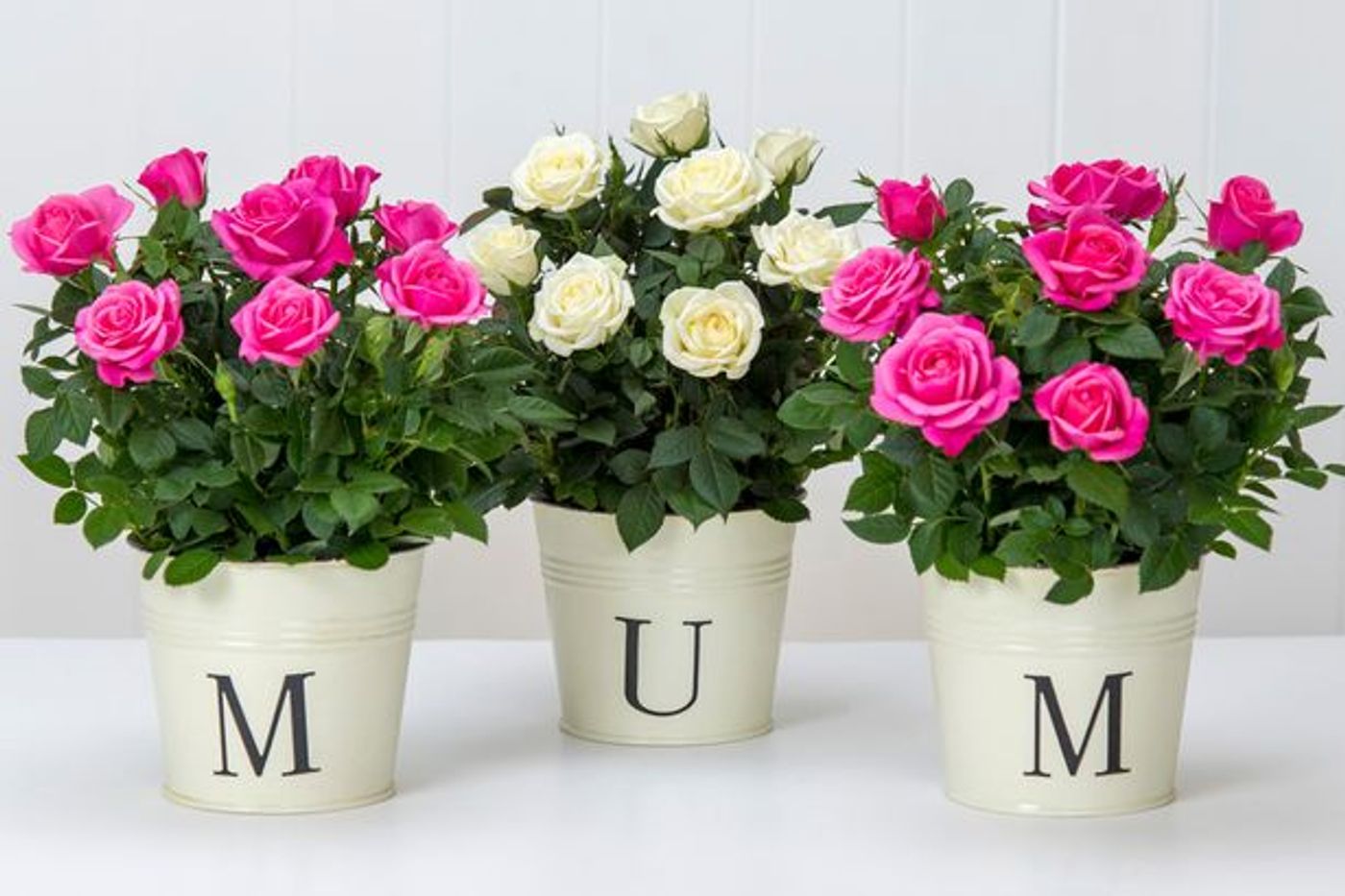Give her chocolates, not flowers: the environmental impacts of the cut-flower industry
Did you buy your mother flowers yesterday? While those sweet-smelling roses may bring a smile to your mother’s face, unless you cut them from your own backyard, those flowers are not making the environment smile. The floriculture industry, which thrives off of days of celebration like Mother’s Day and Valentine’s Day and birthdays, in fact has huge impacts on the environment through water usage, pollution, land degradation, and fossil fuel transportation emissions. Some estimates account that one hectare of a flower farm consumes over 900 cubic meters of water per month!
If you haven’t ever thought about how those roses reached you, let’s take a look. About 80% of all roses come from South America or Africa, where they are often grown with intense irrigation systems to provide for their thirst and sprayed with pesticides to protect them from pests. (So be careful of burying your nose into those oh so fragrant petals). From those warmer countries, they must be shipped on planes to other parts of the world. Because roses are so fragile, they must be transported in refrigerated containers as soon as they are budding. That includes refrigerated trucks to transport them from airports to their final florist destinations. Flowerpetal.com reports that sending the roughly 100 million roses of a typical Valentine’s Day produces some 9,000 metric tons of carbon dioxide (CO2) emissions from field to U.S. florist.
Diving deeper, it’s easy to see how the floriculture industry, which has loose regulations, generates a lot of chemical pollution through fertilizers and pesticides. Because the cut-flower industry is such a short cycle, many agrochemicals are used which pollute air, soil and water supplies. This has dangerous effects on environmental health; roughly one-fifth of the chemicals used in the floriculture industry in developing countries are banned or untested in the US.
Some floral farms and companies have tried to producers have created ‘green’ flower labels, that ensure high environmental and social standards for workers. “Florverde” in Colombia is one example of these eco-committed brands. Florverde’s standards include minimal water use via drip irrigation and rainwater collection; hummus fertilization; boilers with air pollution filters; sulfur vaporization; integrated pest control for 46 percent less pesticide use; and environmentally sensitive waste disposal, reports Scientific American. Currently, approximately one in five U.S.-bound Colombian blooms is Florverde-certified.
Nevertheless, the most eco-responsible choice if you want to enjoy flowers are those of the locally grown, organic, in-season variety. Cacti, ferns, vegetables, and local wildflowers, such as lily of the valley, Queen Anne’s Lace and poppies all make lovely and sustainable gifts that show your mother how much you appreciate the life she gave you, and the life that the environment gives us all.
Sources: Scientific American, Eluxe Magazine, Policy Forum, Be Fair, Universiteit Gent









